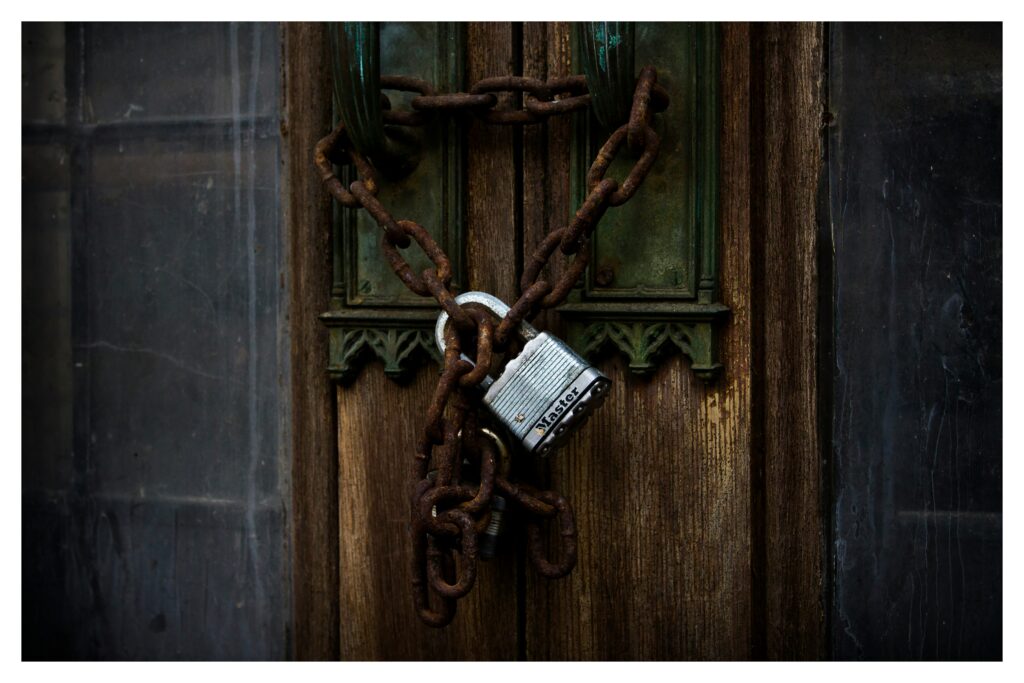
The 20th century witnessed a revolution in home security, transitioning from reliance on community and rudimentary tools to a world of electronic safeguards and remote monitoring. Here’s a glimpse into how home security systems evolved in the 20th century.
Formal neighborhood watch programs
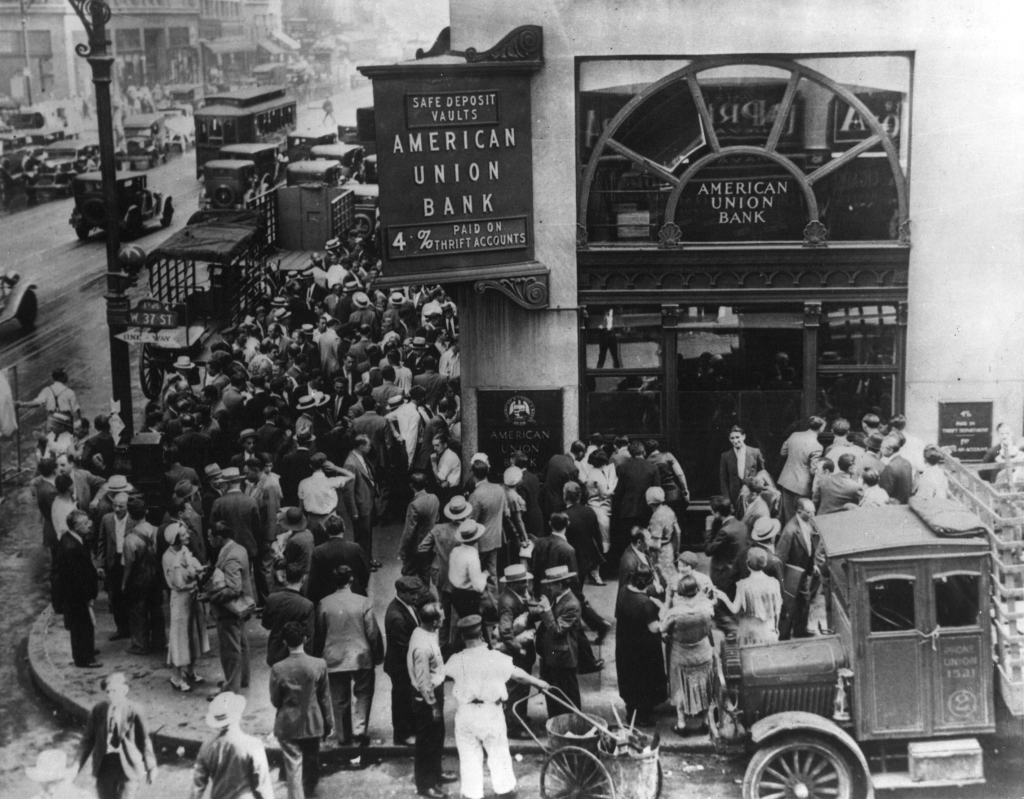
Following a rise in crime during the Great Depression, communities across the United States established formal neighborhood watch programs. Volunteers patrolled streets, reported suspicious activity, and created a sense of collective vigilance. The success of programs like the Los Angeles Sheriff’s Department’s “Block Captains” initiative paved the way for future community-based crime prevention efforts.
Popularity of few dog breeds

While dogs remained a loyal security presence throughout the century, specific breeds rose in popularity. German Shepherds, Doberman Pinschers, and Rottweilers, known for their intelligence, strength, and protective instincts, became coveted guard dogs, especially for suburban homes.
Dawn of mechanical alarm systems
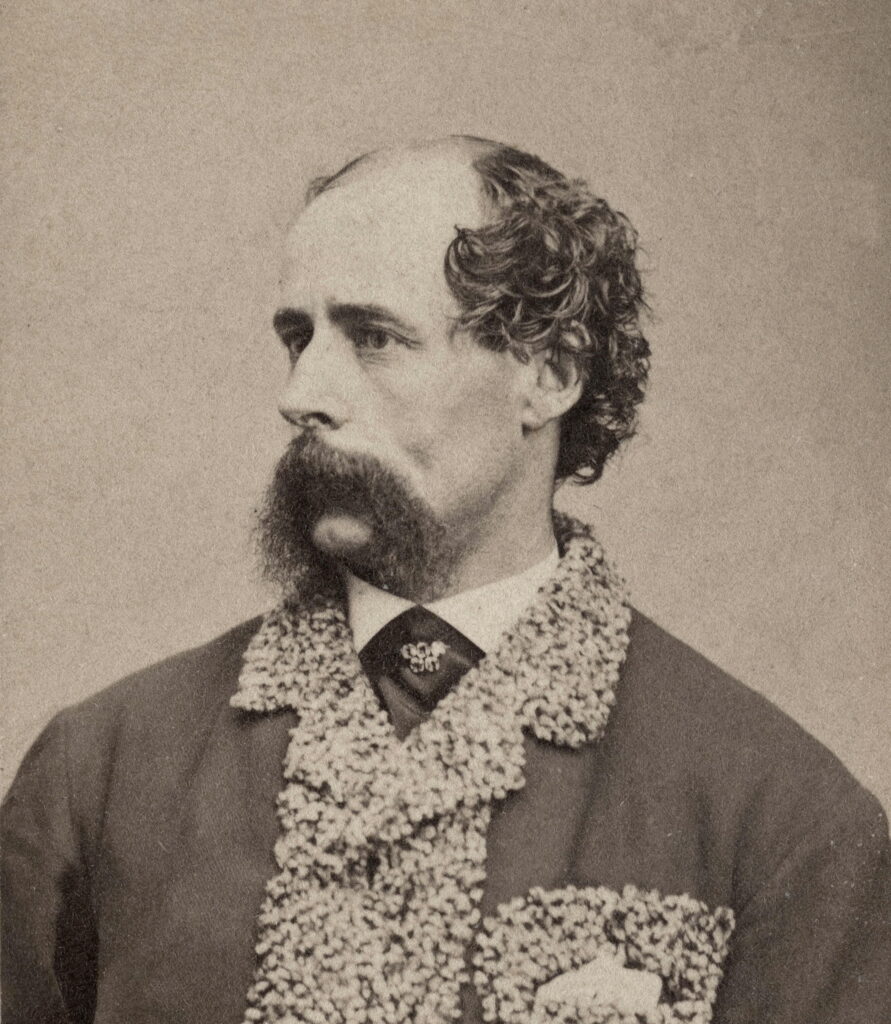
Pre-dating the electronic era, mechanical alarm systems emerged in the late 19th century. These early systems often relied on tripwires connected to bells or loud gongs, offering a basic level of deterrence. The invention of the electric alarm system in the 1850s by Edwin Holmes, a Boston watchmaker, paved the way for more sophisticated electronic systems in the 20th century.
Locks to secure doors and windows

The 20th century saw significant advancements in lock technology. Deadbolts with multiple tumblers became the standard for secure entry points, while innovations like the Yale key-in-knob lock (invented by Linus Yale Jr. in 1848) offered increased convenience and security. Window security bars also gained popularity, especially on ground floors of homes in urban areas.
Metal safes were on the rise

The sturdy iron safes of the 19th century evolved throughout the 20th century. Fireproof safes became a priority, offering protection for valuables not just from theft but also from fire damage. With the rise of organized crime in the mid-20th century, high-security safes with combination locks and drill-resistant bodies became available for homeowners concerned about sophisticated burglary attempts.
Photoelectric beams were used
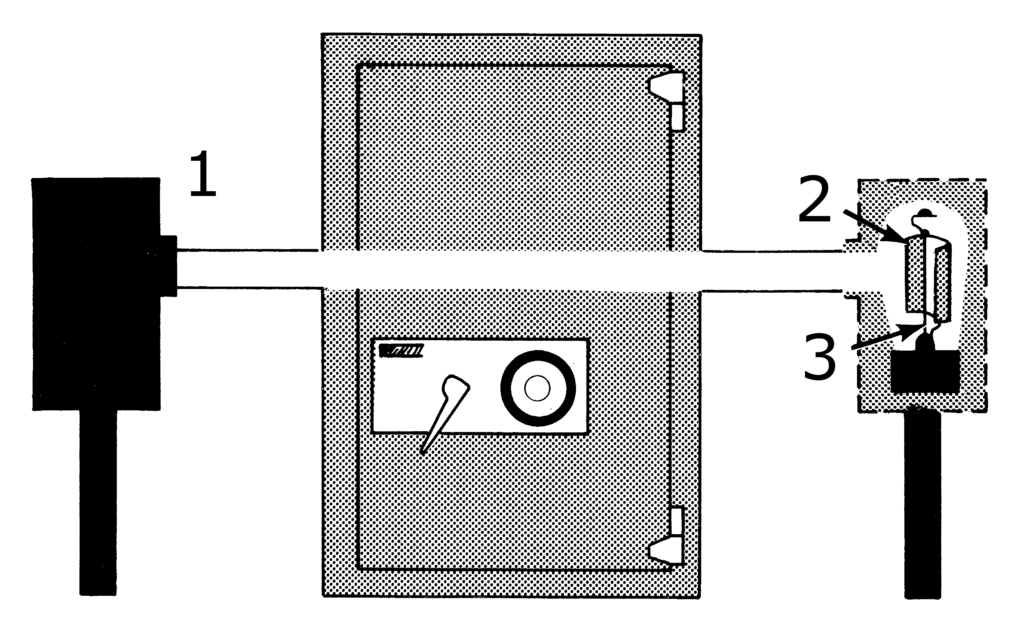
In the 1930s, the invention of photoelectric beams marked a turning point in home security. These early systems used light beams to detect intruders, triggering an alarm if the beam was broken. While initially expensive and complex, they laid the groundwork for the development of more sophisticated motion sensor technology later in the century.
Concept of central monitoring systems developed

The widespread adoption of telephones in the mid-20th century paved the way for the concept of central monitoring. Early alarm systems could be connected to a central monitoring station, dispatching security personnel upon activation. Companies like ADT, founded in 1874, became pioneers in this field, offering homeowners a layer of professional response alongside their alarm systems.
CCTV technology debuted

While CCTV technology was initially used for commercial security purposes, the 1960s saw its introduction into the home security market. The invention of the first video home security system by Marie Van Brittan Brown in 1969 offered homeowners a way to remotely view their property. These early systems were expensive and cumbersome, but they planted the notion for the future popularity of video surveillance cameras.
The concept of home safes
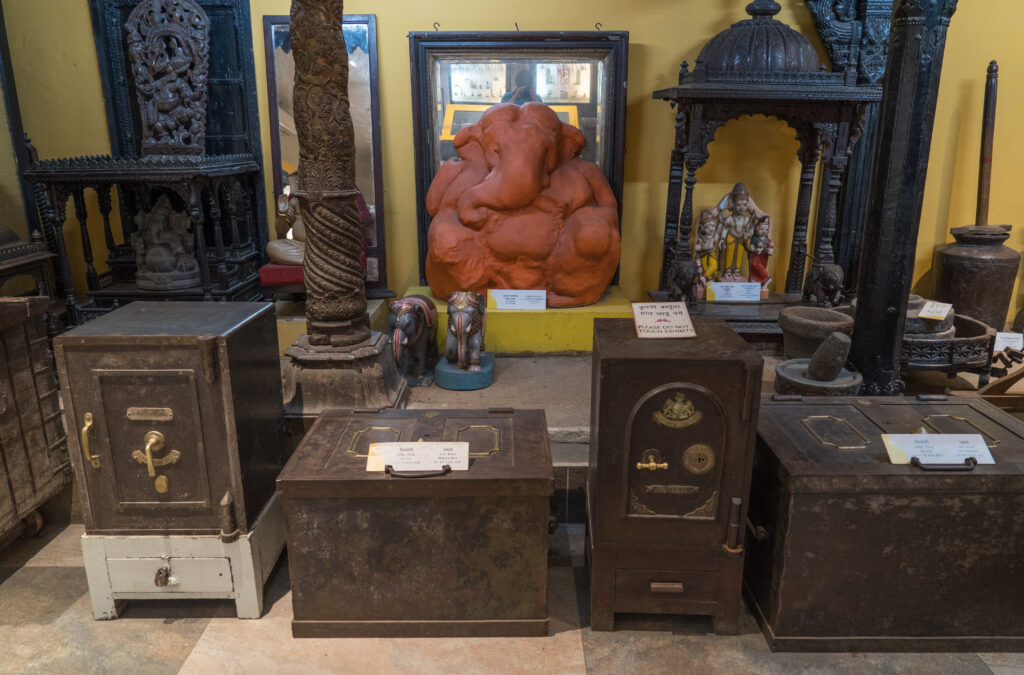
The post-war boom in suburban living led to a rise in home safes. These smaller, more affordable safes offered basic security for valuables like jewelry, important documents, and cash. They were often bolted to the floor or hidden within closets, providing a layer of protection against casual theft.
DIY home alarm systems

The 1970s witnessed the rise of DIY (Do-It-Yourself) alarm systems, coinciding with a surge in the rate of homeownership. These affordable, self-contained systems offered homeowners a way to install basic security features without professional assistance. While not as sophisticated as monitored systems, they provided a cost-effective option for budget-conscious homeowners.
Technological revolution in the late 20th century
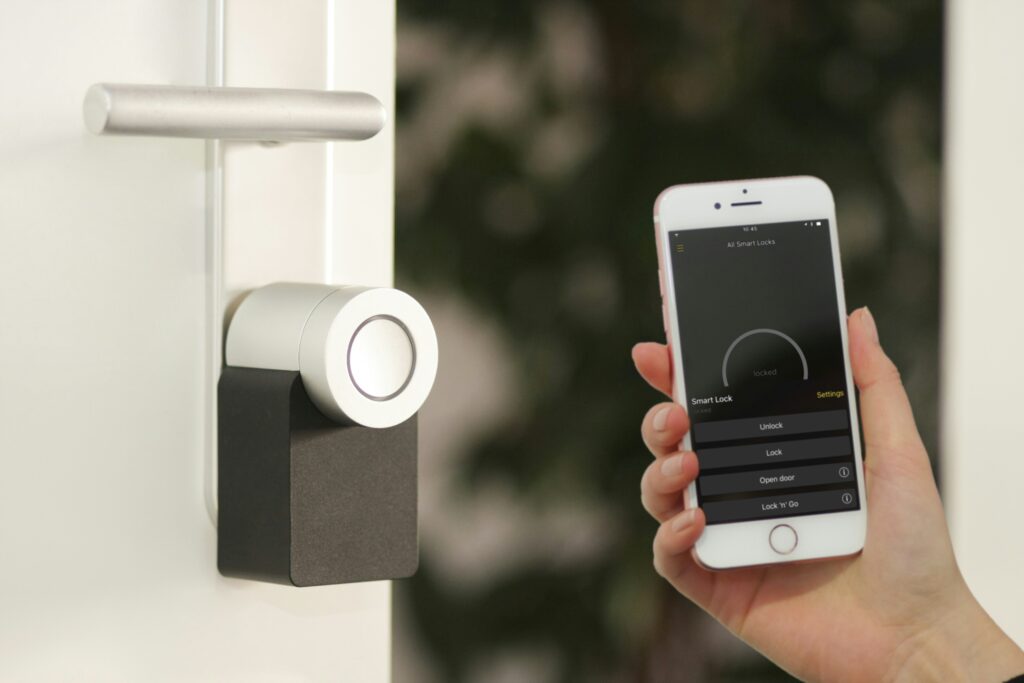
The final decades of the 20th century saw a technological revolution in home security. The invention of the personal computer and the rise of microprocessors led to the development of more sophisticated and user-friendly alarm systems. Digital keypads replaced complex mechanical systems, and features like entry/exit delays and multi-zone monitoring became commonplace. This era also saw the birth of the first cellular-based alarm systems, offering homeowners the ability to receive alerts even if their phone lines were cut.
